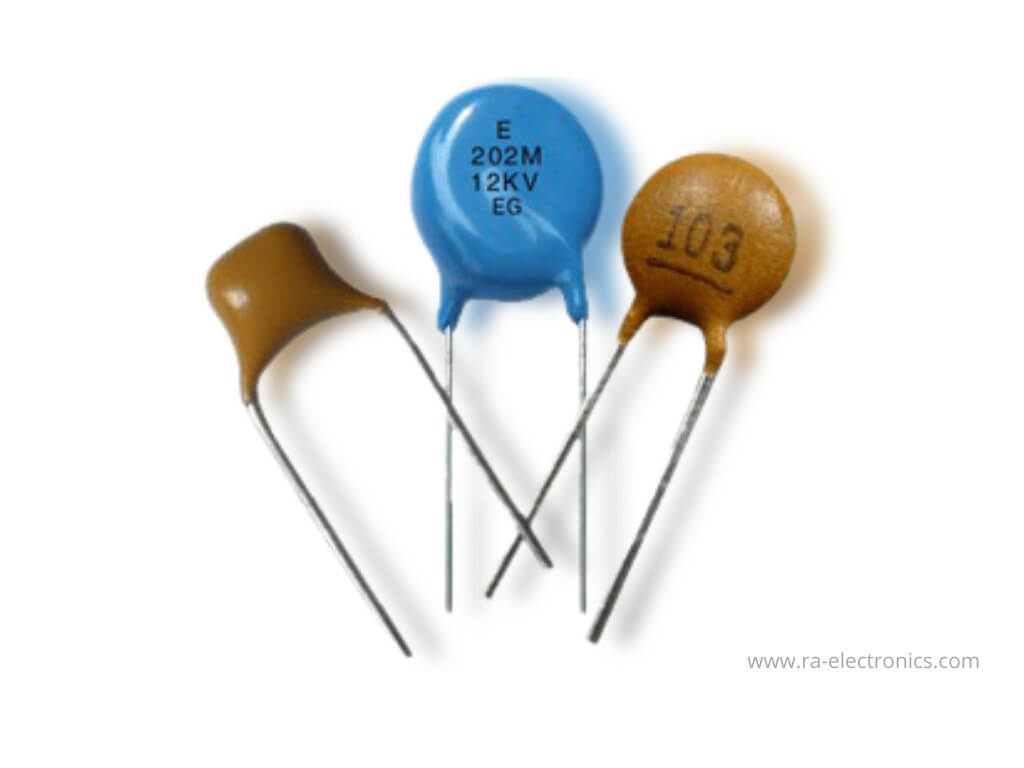Introduction
Capacitors are the unsung heroes of modern electronics, powering everything from our smartphones to electric vehicles. But what exactly are capacitors, and how do they work? In this guide, we’ll explore their inner workings, types, formulas, and applications. By the end, you’ll have a solid understanding of capacitors and their vital role in technology.
Capacitors are vital in renewable energy systems, storing energy from solar panels and wind turbines for later use.
Check out our guide on What is a Semiconductor? Unlock the Hidden Power Behind Modern Technology!
What is a Capacitor?
A capacitor is a passive electronic component that stores and releases electrical energy. Think of it as a rechargeable battery that stores energy temporarily. Capacitors are made of two conductive plates separated by a dielectric material, which acts as an insulator. When voltage is applied, the capacitor stores energy in an electric field.

How Does a Capacitor Work?
Capacitors work by storing electrical charge when connected to a power source. When the power source is removed, the stored energy can be released into the circuit. This ability to store and release energy makes capacitors essential for many applications, such as filtering, timing, and energy storage.
Types of Capacitors
Capacitors come in various types, each designed for specific applications. Below is a detailed look at the most common types of capacitors:
1. Ceramic Capacitors
- Description: These are the most widely used capacitors due to their small size, reliability, and affordability. They consist of a ceramic dielectric material and are non-polarized.
- Applications: High-frequency circuits, coupling, and decoupling applications.
- Advantages: High stability, low cost, and wide capacitance range.
- Limitations: Limited voltage ratings compared to other types.
2. Electrolytic Capacitors
- Description: These capacitors use an electrolyte as their dielectric and are polarized, meaning they must be connected in the correct orientation.
- Applications: Power supply filtering, audio applications, and energy storage.
- Advantages: High capacitance values in a compact size.
- Limitations: Shorter lifespan and sensitivity to polarity.
3. Film Capacitors
- Description: Film capacitors use a thin plastic film as the dielectric. They are non-polarized and come in various shapes and sizes.
- Applications: Audio circuits, power factor correction, and motor run applications.
- Advantages: Excellent stability and reliability, low dielectric absorption.
- Limitations: Larger in size for higher capacitance values.
4. Supercapacitors
- Description: Also known as ultracapacitors, these capacitors have an exceptionally high capacitance, enabling them to store and release large amounts of energy quickly.
- Applications: Energy storage, backup power, and regenerative braking systems in vehicles.
- Advantages: High energy density, long lifespan, and fast charging/discharging.
- Limitations: Limited voltage ratings and higher cost.
5. Tantalum Capacitors
- Description: These capacitors use tantalum metal as the anode and offer high capacitance per volume.
- Applications: Portable electronics, medical devices, and low-voltage applications.
- Advantages: Compact size, high reliability, and stable performance.
- Limitations: Expensive and sensitive to overvoltage.
6. Variable Capacitors
- Description: These capacitors allow for manual adjustment of capacitance and are commonly used in tuning circuits.
- Applications: Radios, oscillators, and frequency tuning.
- Advantages: Adjustable capacitance for precise tuning.
- Limitations: Limited capacitance range and higher mechanical wear.
Quick Comparison:
| Type of Capacitor | Capacitance Range | Voltage Rating | Common Applications |
|---|---|---|---|
| Ceramic | 1 pF to 1 μF | Up to 100V | High-frequency circuits |
| Electrolytic | 1 μF to 1,000 μF | Up to 500V | Power supply filtering |
| Film | 1 nF to 1 μF | Up to 2,000V | Audio and RF circuits |
| Supercapacitor | 1 F to 10,000 F | Up to 5V | Energy storage, backup |
| Tantalum | 1 μF to 1,000 μF | Up to 50V | Low-voltage applications |
| Variable | Adjustable | Varies | Tuning circuits |
Applications of Capacitors
Capacitors are incredibly versatile and used in numerous applications:
- Energy Storage: Power backup for devices.
- Filtering: Removing noise in power supplies.
- Timing: Creating delays in circuits.
- Coupling/Decoupling: Transferring AC signals while blocking DC.
- Signal Processing: Used in audio systems and radios.
Conclusion
Capacitors play a crucial role in modern electronics, from energy storage to signal processing. By understanding their types, formulas, and applications, you can unlock their full potential in your projects. Remember to handle them safely and choose the right capacitor for the job.
Start experimenting with capacitors today and see how they can transform your circuits!